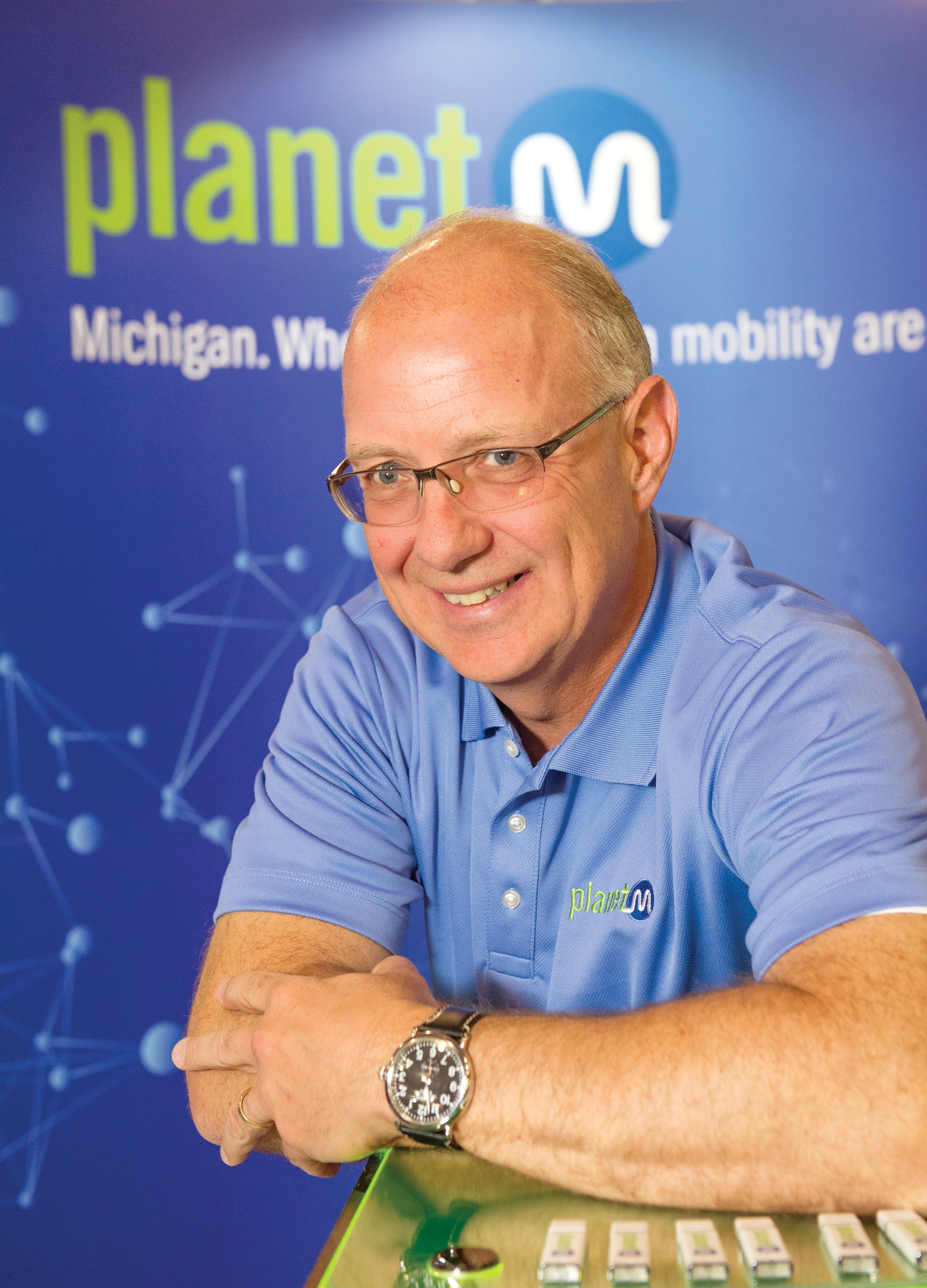The University of Michigan has opened Mcity, the world's first controlled environment specifically designed to test the potential of connected and automated vehicle technologies that will lead the way to mass-market driverless cars.
Mcity was designed and developed by U-M's interdisciplinary MTC, in partnership with the Michigan Department of Transportation (MDOT).
The 32-acre simulated urban and suburban environment includes a network of roads with intersections, traffic signs and signals, streetligh
The 5594 University of Michigan has opened Mcity, the world's first controlled environment specifically designed to test the potential of connected and automated vehicle technologies that will lead the way to mass-market driverless cars.
Mcity was designed and developed by U-M's interdisciplinary MTC, in partnership with the1688 Michigan Department of Transportation (MDOT).
The 32-acre simulated urban and suburban environment includes a network of roads with intersections, traffic signs and signals, streetlights, building facades, sidewalks and construction obstacles. It is designed to support rigorous, repeatable testing of new technologies before they are tried out on public streets and highways.
The types of technologies that will be tested at the facility include connected technologies – vehicles talking to other vehicles or to the infrastructure, commonly known as V2V or V2I – and various levels of automation all the way up to fully autonomous, or driverless vehicles.
MTC is working closely with 15 Leadership Circle member companies, each investing IS$1 million over three years, and engaging in thought leadership. Thirty-three Affiliate Members are also contributing and investing $150,000 over three years. Several of the current Leadership Circle companies, including6692 Econolite Group, 3897 Navistar and 4186 Xerox, demonstrated their capabilities at the event.
1763 Econolite hosted a connected vehicle demonstration of real-time vehicle-to-infrastructure communications, using currently available signalised intersection equipment, while 3897 Navistar demonstrated its expertise in connected commercial vehicles, including its OnCommand Connection remote diagnostics portal which is currently tracking more than 130,000 trucks.
Xerox showcased its work in solving transportation problems of today and tomorrow, including CloudParc parking technology, vehicle passenger detection system (VPDS) which uses video analytics to identify the number of occupants in a vehicle and Merge, a city-wide smart parking solution.
Other members of the Leadership Circle include7207 Delphi Automotive, Denso, 278 Ford Motor Company, 948 General Motors, 1683 Honda, 73 Iteris, 838 Nissan Motor Company, 213 Qualcomm Technologies, Robert 311 Bosch, 2192 State Farm Mutual Automobile Insurance Company, 1686 Toyota Motor Corporation and 1984 Verizon Communications.
"We believe that this transformation to connected and automated mobility will be a game changer for safety, for efficiency, for energy, and for accessibility," said Peter Sweatman, director of the U-M Mobility Transformation Center. "Our cities will be much better to live in, our suburbs will be much better to live in. These technologies truly open the door to 21st century mobility.
"There are many challenges ahead as automated vehicles are increasingly deployed on real roadways," Sweatman said. "Mcity is a safe, controlled, and realistic environment where we are going to figure out how the incredible potential of connected and automated vehicles can be realized quickly, efficiently and safely."
Mcity was designed and developed by U-M's interdisciplinary MTC, in partnership with the
The 32-acre simulated urban and suburban environment includes a network of roads with intersections, traffic signs and signals, streetlights, building facades, sidewalks and construction obstacles. It is designed to support rigorous, repeatable testing of new technologies before they are tried out on public streets and highways.
The types of technologies that will be tested at the facility include connected technologies – vehicles talking to other vehicles or to the infrastructure, commonly known as V2V or V2I – and various levels of automation all the way up to fully autonomous, or driverless vehicles.
MTC is working closely with 15 Leadership Circle member companies, each investing IS$1 million over three years, and engaging in thought leadership. Thirty-three Affiliate Members are also contributing and investing $150,000 over three years. Several of the current Leadership Circle companies, including
Xerox showcased its work in solving transportation problems of today and tomorrow, including CloudParc parking technology, vehicle passenger detection system (VPDS) which uses video analytics to identify the number of occupants in a vehicle and Merge, a city-wide smart parking solution.
Other members of the Leadership Circle include
"We believe that this transformation to connected and automated mobility will be a game changer for safety, for efficiency, for energy, and for accessibility," said Peter Sweatman, director of the U-M Mobility Transformation Center. "Our cities will be much better to live in, our suburbs will be much better to live in. These technologies truly open the door to 21st century mobility.
"There are many challenges ahead as automated vehicles are increasingly deployed on real roadways," Sweatman said. "Mcity is a safe, controlled, and realistic environment where we are going to figure out how the incredible potential of connected and automated vehicles can be realized quickly, efficiently and safely."







